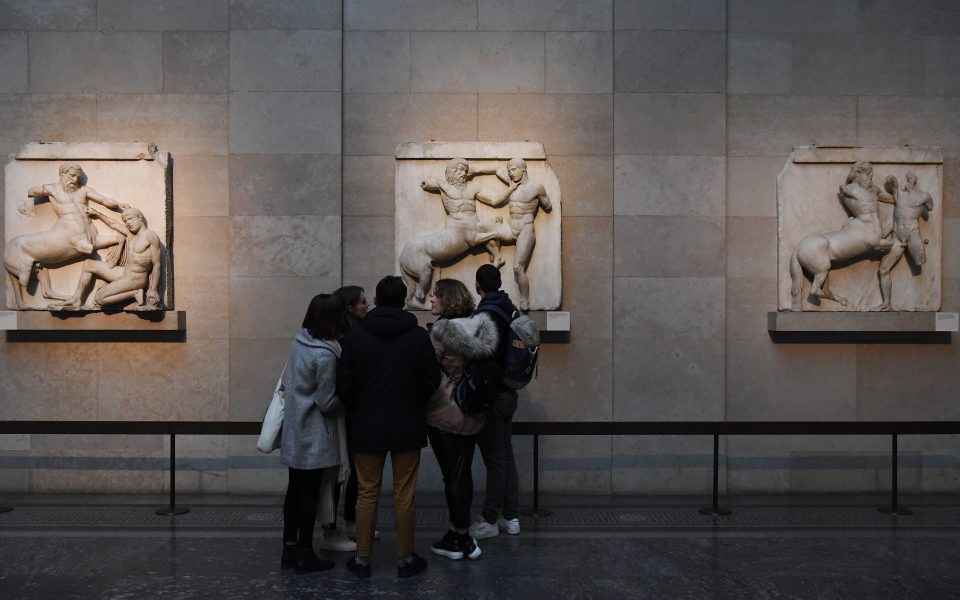By Giorgos Bourdaras
With Greece having well and truly entered the pre-election period, the return of the Parthenon Sculptures remains a top priority for the government.
The approach of Prime Minister Kyriakos Mitsotakis, who has taken a personal interest in the issue, has been clear from the outset. He has rejected confrontational rhetoric with talk of “stolen marbles” and has, instead, created a network of contacts aimed at finding a compromise, with himself playing an active role.
The Greek prime minister also raised the issue during a visit to London at the beginning of last week, where he had a meeting with, among others, King Charles III. The content of their talks was not made public due to the strict protocols of Buckingham Palace. However, in an indication of the ongoing process, Mitsotakis appeared optimistic on the issue after the conclusion of his contacts in the British capital.
“The issue of the repatriation of the sculptures is in my heart and I think all Greeks would like the British government to do it. Yes, we are seeing progress. I don’t want to talk publicly about the discussions we have had, but I think there is a better understanding. A win-win solution can be found,” he said.
According to reports, the challenging campaign of getting the Parthenon Sculptures back is being overseen by Culture Minister Lina Mendoni, along with Minister of State Giorgos Gerapetritis, who accompanied the Prime Minister on his visit to London.
The battle for the return of the sculptures must also consider the following variables.
First, the legal status under which the sculptures will be returned. It has become clear that it is extremely difficult for the British Museum to admit that the sculptures do not belong to it. On the flip side, it is also impossible for Athens to appear that it is relinquishing ownership and accepting their return as ‘loans.’
Secondly, the question remains regarding which sculptures will be returned. It is considered almost unlikely that all the sculptures will be returned to the Acropolis Museum. However, it will be important to demonstrate that this will be a move of ‘substance’ by the British Museum, meaning that key artifacts will be sent back to Athens, while in return it could be agreed that other selected Greek pieces are exhibited at the latter, in the context of temporary shows.
This article was previously published at ekathimerini.com.












